Mechanical Engineering Design and virtual reality
Design, maintenance, training, production, uses: we see more and more VR (virtual reality) and AR (’augmented’ reality) online applications, welcomed and adopted by individuals and by corporate structures. A new world is unfolding.
"Virtual reality (VR) is among the key technologies we are about to see deployed in the Industry of the Future (“Industrie 4.0”). And now that data has become the crude oil of the 21st Century, “playing” with reality is inevitable."
Research activities
Research units involved
- Automated Mesh Generation and Advanced Methodology (UTT-GAMMA3)
- Laboratory of Mechanical & Material Engineering (LASMIS)
Plateform
3D digitisation and virtual engineering (“Num3D”)
Num3D ” is a regional, multi-site platform operated and managed by UTT-LASMIS. It is equipped with instruments, devices and associate software to ensure in-house development of virtual engineering: reverse engineering design, immersive visualization, digital mock-ups, virtual shaping for mechanical engineering components, advanced PLM (product lifecycle management).A programme certified by the Government as an “Investment in the Future”
The IRT (Institute for technological research) “Materials, Metallurgy and Processes” (code-named ’IRT M2P’)
This Government certified structure, benefitting from an incentive grant under the provisions of the “Investments for the Future” programme, consists of setting up a collaborate platform between academic and private sector research. This IRT M2P is managed by academics of the Grand Est Region (University of Lorraine, UTT-Troyes, UTBM-Belfort Montbeliard, the CNRS); the Government approved “poles of competiveness” (Materalia, Véhicule du future [Vehicle of the Future], Fibres Grand Est, Microtechniques) and numerous private sector companies. IRT M2P is staffed by 300 research scientists and engineers seconded by university laboratories and staff from industrial R&D units. The main IRT site is located in the city of Metz’ ’Metz Techno’pôles’.Collaboration with enterprises
- Development of a software solution for the modelling of parts and mesh generation with Safran Composites.
- Management issues in nuclear waste repository storage, with the national agency, Andra. Design and Modelling for the mechanical long-term behaviour of the containers used to store radioactive waste.
- Design and development of software packages for mesh generation technologies and geometric modelling of certain structures:
- An adaptive BL2D mesh generator acquired by NIPPON STEEL (metal shaping modelling involving cutting processes and cracks taken into account via interface elements);
- Surface mesh generator BLSURF acquired by : DASSAULT AVIATION, MSC-SOFTWARE, CST – Computer Simulation Technology;
- acquired by the CEA (national atomic and alternative energy source agency) Deformable 3D mesh regenerator, OPTIFORM acquired by the CEA.
Training packages
Engineering diploma in
Mechanical engineering
This training package ensures that the Mechanical engineering graduates can design, assemble and manufacture tomorrow’s mechanical products, applying cutting edge technology, virtual prototyping tools, new materials whilst complying with increasingly stringent environmental constraints. They will have acquired multidisciplinary skills (in mechanical engineering, in automation & control, in computer sciences and their applications) all of which combined are needed to correctly build and implement complex mechatronic devices. There are 3 professional elective specializations in mechanical engineering to (running from the virtual to the real):- Design and industrialization of mechanical systems, in connection with environmental issues
- Specific computer science applications and EDP for mechanical engineering purposes
- Digital modelling in mechanical engineering.
Master's Degree in
Mechanical engineering, materials sciences and advanced processes
The MMPA specialty is designed to train students in experimental modelling and mechanical engineering characterization, with a strong emphasis placed on uses of so-called “advanced materials”.Discover this training course
PHD
Materials sciences, mechanical engineering, optics and nanotechnologies
Discover this training courseDate of update 22 July 2025


